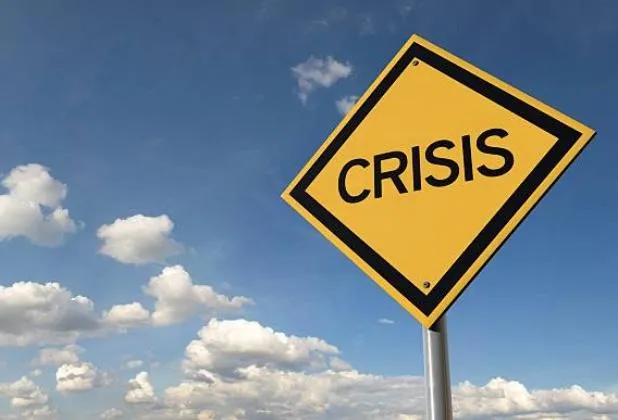
Crisis Communications: Why Speed and Substance Both Matter
Crisis Communications: Why Speed and Substance Both Matter
When disaster strikes, time isn’t just money—it’s trust, reputation, and survival. But is responding quickly enough?
The pressure to respond swiftly during a crisis is immense in an era where news breaks on social media before it even hits traditional outlets. Yet, speed without substance can do more harm than good. Striking the right balance between rapid response and meaningful communication is one of the greatest challenges for corporate communicators and PR practitioners these days.
The Perils of Slow Reactions
In crisis situations, delays in communication can compound public mistrust. When organizations fail to address an issue promptly, they risk creating a vacuum that competitors, critics, and misinformation can quickly fill. For example, during the 2017 Equifax data breach, the company’s slow response—taking six weeks to notify the public—drew widespread criticism and significantly eroded consumer trust.
Why Substance Matters
While speed is crucial, an incomplete or poorly thought-out response can backfire. Consider Pepsi’s 2017 Kendall Jenner ad controversy. The company’s hastily issued statement failed to acknowledge public outrage adequately, making the situation worse. A quick response should never come at the expense of clarity, accountability, and empathy.
The Gold Standard: Speed with Substance
To effectively navigate crises, PR professionals must:
1. Prepare in Advance. Having a crisis communication plan ensures your team can respond quickly and cohesively. This includes identifying spokespeople, drafting template statements, and establishing approval workflows.
2. Prioritize Transparency: Address the issue head-on. Even if all details aren’t available, commit to regular updates to keep stakeholders informed.
3. Incorporate Empathy: Show that you understand and care about those affected. A human tone goes a long way in rebuilding trust.
Real-World Example: Johnson & Johnson’s Tylenol Crisis
One of the most lauded examples of crisis management remains Johnson & Johnson’s response to the 1982 Tylenol poisonings. The company acted swiftly, pulling products from shelves nationwide despite the financial cost, and communicated transparently with the public at every step. This combination of speed and substance helped restore consumer confidence and set a benchmark for corporate crisis response.
Actionable Steps for PR Practitioners
1. Monitor Constantly: Leverage tools to track media coverage, social media chatter, and public sentiment in real time.
2. Establish a Chain of Command: Ensure everyone on your team knows their role in a crisis to avoid delays and confusion.
3. Balance Internal and External Communication: While it can be challenging, you need Keep employees informed first alongside media resonance and communication to external stakeholders to ensure alignment and consistency. You don’t want your people hearing it from a three-party source.
The Takeaway: Balance is Key
In crisis communications, speed and substance are two sides of the same coin. PR practitioners must act swiftly to demonstrate responsiveness while crafting thoughtful, transparent messages that address stakeholder concerns. The right balance can not only mitigate immediate fallout but also position your organization as a trustworthy and resilient brand in the long term.
